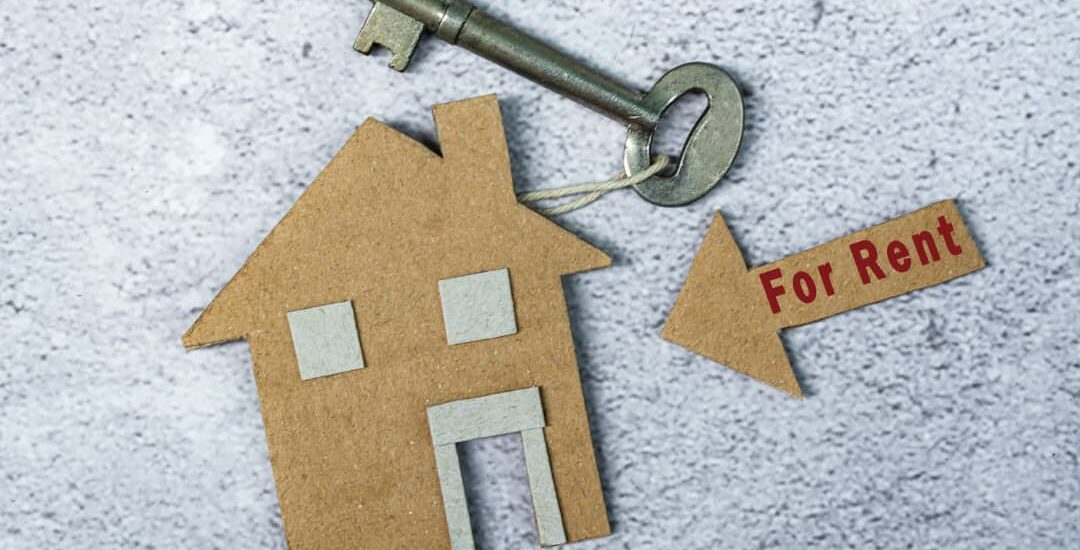Bridge the Gap to Ownership with Flexible Rent-to-Own Financing
Purchasing a home is a significant milestone, but for many, saving up for a down payment and securing a mortgage can be challenging. Rent-to-own financing offers an alternative path to homeownership, making it accessible even for those who may not be ready to buy outright. In this blog post, we’ll dive into what rent-to-own financing is, how it works, and the pros and cons to consider.
What is Rent-to-Own Financing?
Rent-to-own financing, also known as a lease-option or lease-to-own, is an agreement where a tenant rents a property for a specified period with the option to purchase the home before the lease expires. Part of the rent paid during the lease term goes towards the down payment for the home.
How Does Rent-to-Own Work?
- Agreement Signing: The tenant and landlord sign a rent-to-own agreement, detailing the rental period, purchase price, and rent payment structure.
- Option Fee: The tenant typically pays an upfront option fee, which can range from 1% to 5% of the purchase price. This fee gives the tenant the exclusive right to buy the property at a later date.
- Rental Payments: Each month, the tenant pays rent, and a portion of this payment is credited towards the home’s purchase price.
- Maintenance Responsibilities: Unlike traditional rentals, tenants in rent-to-own agreements are often responsible for maintenance and repairs.
- Purchase Decision: At the end of the lease term, the tenant can choose to purchase the home, using the accumulated rent credits and option fee towards the down payment. If the tenant decides not to buy, they forfeit the option fee and any rent credits.
Pros of Rent-to-Own Financing
- Path to Homeownership: Provides an opportunity for individuals with less-than-perfect credit or limited savings to work towards buying a home.
- Fixed Purchase Price: The purchase price is locked in at the time of the agreement, protecting tenants from potential market increases.
- Builds Equity: A portion of the rent goes towards the home purchase, gradually building equity.
- Trial Period: Tenants can live in the home and community before committing to the purchase.
Cons of Rent-to-Own Financing
- Option Fee Risk: If the tenant decides not to buy, they lose the option fee and rent credits.
- Maintenance Costs: Tenants may bear the cost of repairs and maintenance, unlike traditional rental agreements.
- Higher Rent: Monthly rent payments can be higher than market rates to account for the rent credits.
- Uncertain Financing: Tenants must still qualify for a mortgage at the end of the lease term, which can be challenging if financial situations haven’t improved.
Is Rent-to-Own Right for You?
Rent-to-own financing can be an excellent option for those who need time to save for a down payment or improve their credit score. However, it’s crucial to understand the terms of the agreement, the responsibilities involved, and the potential risks. Consulting with a real estate professional and financial advisor can help you make an informed decision.
Final Thoughts
Rent-to-own financing offers a unique pathway to homeownership, blending the benefits of renting with the potential to buy. While it may not be suitable for everyone, it provides an alternative for those looking to achieve the dream of owning a home. If you’re considering this option, weigh the pros and cons carefully and seek professional guidance to ensure it aligns with your long-term financial goals.






